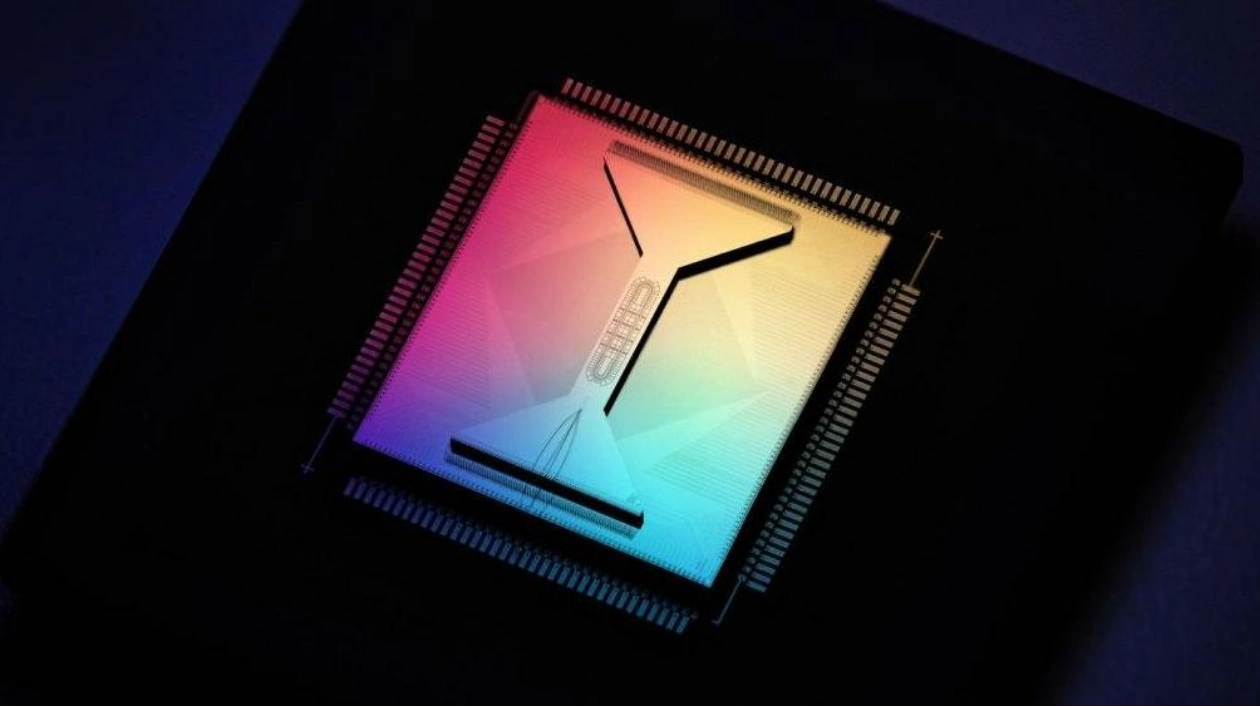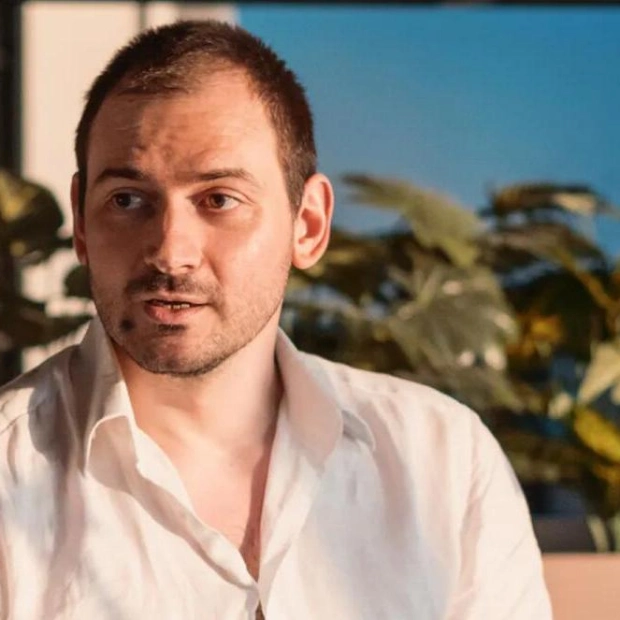For the first time, a quantum computer has enhanced its performance by continuously correcting its own errors during calculations using a method known as quantum error correction. Scientists have long understood that quantum computers require error correction to fulfill their potential in solving problems that conventional, ‘classical’ computers struggle with. Quantum computers operate using quantum bits, or qubits, which are influenced by quantum physics but prone to errors due to quantum fluctuations. In quantum error correction, multiple flawed qubits are combined to create reliable qubits, termed logical qubits, which are then utilized for the computation. Previous attempts found that error correction either worsened calculations or detected errors without actually fixing them. Now, scientists have conducted repeated cycles of operations and error correction on eight logical qubits, as reported by researchers from Microsoft and the quantum computing firm Quantinuum on September 10 at the Quantum World Congress in Tysons, Va., and in a paper posted on arXiv.org. The operations in the calculation introduced correlations known as quantum entanglement into the qubits. The corrected calculation exhibited an error rate approximately one-tenth that of a calculation performed with the original, error-prone qubits, referred to as ‘physical’ qubits. The researchers also entangled 12 logical qubits, marking the largest number of logical qubits ever entangled. The error rate for this entangled state was less than one-twentieth that of the equivalent state achieved using the computer’s initial faulty, physical qubits.
“Error correction is functioning; this is monumental,” says computer scientist Krysta Svore of Microsoft. “This is the path we need to follow for dependable quantum computing.” The researchers employed a quantum computer developed by Quantinuum, featuring 56 qubits made from electrically charged atoms, or ions. These qubits were combined to form the logical qubits. For error correction, various schemes exist, each capable of fixing a specific number of errors. The device in the study utilized an error correction scheme that could fix only one error. If the computer made two errors, the researchers could not correct the mistake, instead detecting the errors and discarding the result to prevent inaccuracies. In another recent breakthrough, researchers from Google reported on August 24 at arXiv.org that error correction extends the duration a qubit can store information in memory, although the team did not perform calculations with it. Taken together, the Microsoft and Google results “demonstrate that error correction operates as we anticipate,” says Ken Brown, a quantum engineer at Duke University and a scientific advisor for the quantum computing company IonQ. “This is truly promising.” However, further advancements are necessary. The Microsoft result does not yet demonstrate a universal quantum computer, capable of performing all operations a quantum computer is capable of. “The next major challenge is acquiring sufficient resources… to actually conduct full universal quantum computing on numerous logical qubits,” Brown states.
In another study, Microsoft researchers integrated high-performance classical computing, artificial intelligence, and quantum computing to perform a chemistry calculation. The calculation could be executed without a quantum computer, but the study served as a proof of concept. The calculation utilized two logical qubits, and the researchers discovered that the results were improved compared to a calculation performed with the error-prone physical qubits. In the future, as quantum computers incorporate more logical qubits, such chemistry calculations could unveil insights that classical computers cannot access. Scientists hope these machines might reveal ways to enhance fertilizer production efficiency or methods to extract carbon from the atmosphere to combat global warming. “At its core, we aim to preserve and nourish our planet,” Svore says.






